Bakemono Zukushi’s Multifaceted Monsters
This painted scroll depicts ghostly creatures found in the most terrifying legends of Japanese folklore.
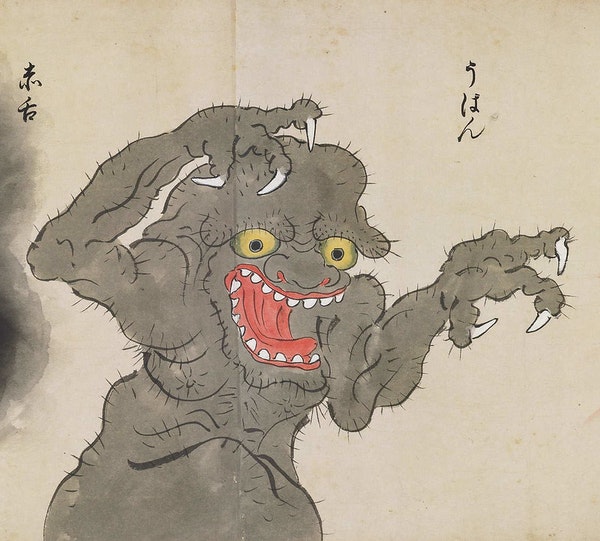
© Public Domain
Although the name of Bakemono Zukushi is known—as is what it depicts, yokai, the monsters that appear in Japanese tales and legends—the artist behind this painted scroll and its exact date of creation remain a mystery. On the paper that extends horizontally, bakemono are presented: monsters and creatures that change shape, that are doomed to haunt places, and that often inhabit border areas, on the edge of cities or between villages. They only transform at very precise moments: in the intermediary periods of sunrise and nightfall.
Lasting legends
On this scroll, which specialists estimate dates back to the 18th or 19th century, can be seen the rokurokubi, a woman who looks completely normal during the day, but whose neck gets longer and whose head becomes detachable at night. It also features yuki-onna, the snow woman, with long black hair and skin so diaphanous that she appears transparent, who mainly haunts the edge of forest areas. Another is kamikiri, a child-sized monster who also lives in a forest and only leaves to sneak into people’s houses and cut their hair, taking them by surprise.
These frightening creatures, whose stories have been perpetuated over centuries in Japanese families, continue to make themselves known. The proof of this can be found in the photographic work of Charles Fréger, who asked residents of the Japanese countryside to pose dressed in their best yokai costumes.
Bakemono Zukushi, a painted scroll, can be viewed at the Kawasaki City Museum.
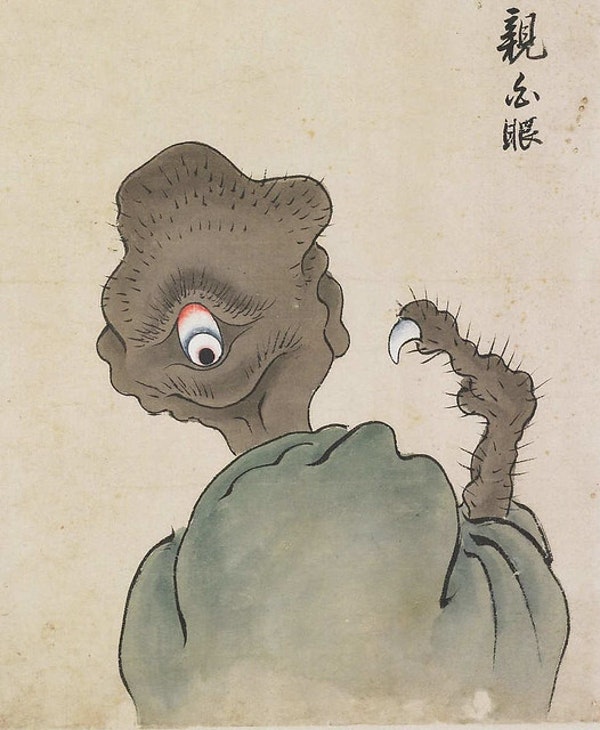
Oyajirome (親白眼) has a bulging eye on the back of its head and a claw on its one-fingered hand © Public Domain
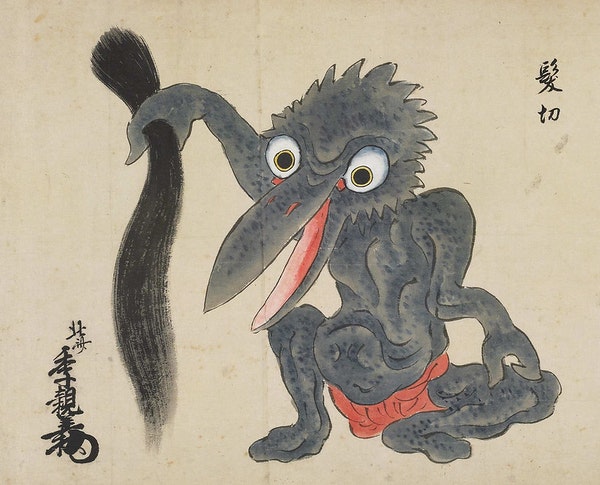
The kami-kiri ('hair-cutters' - 髪切) are known for sneaking into people's houses and cutting their hair © Public Domain

Akashita ('red tongue' - 赤舌) is a creature with a hairy face that hides in a dark cloud © Public Domain
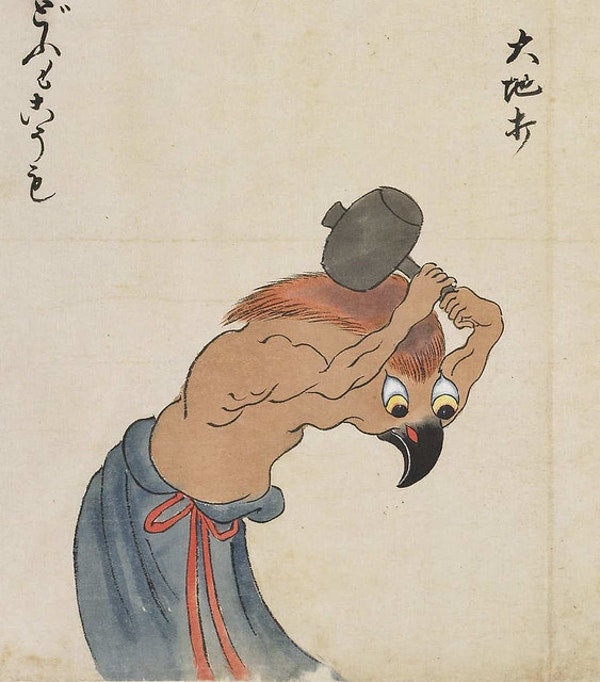
Daichiuchi (大地打) is a monster brandishing a mallet with a face that resembles a bird's © Public Domain
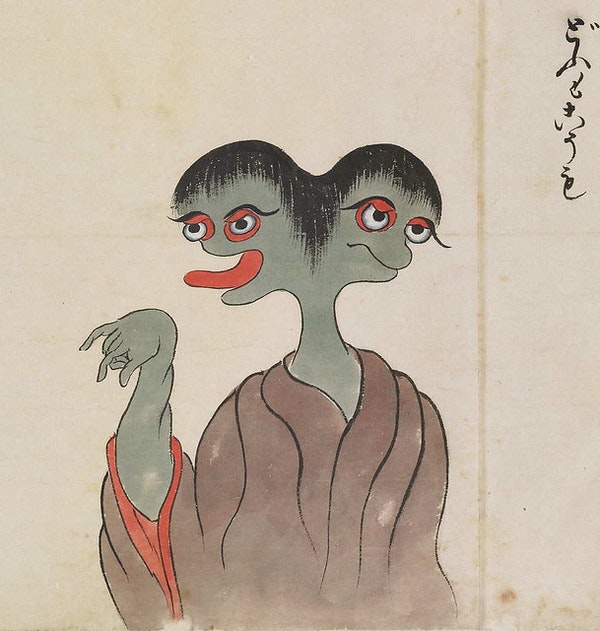
Domo-komo (どうもこうも) is a two-headed creature with grey skin © Public Domain
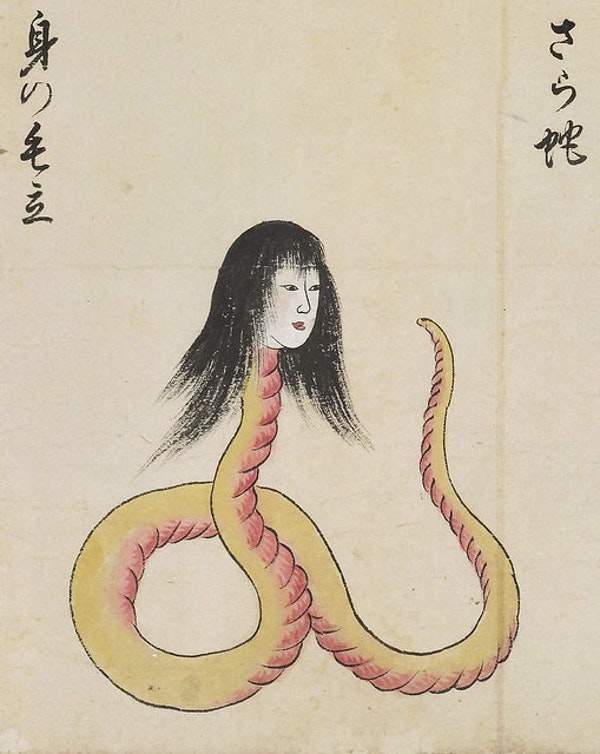
Sara-hebi (さら蛇) is a large serpent-like creature with a woman's head © Public Domain
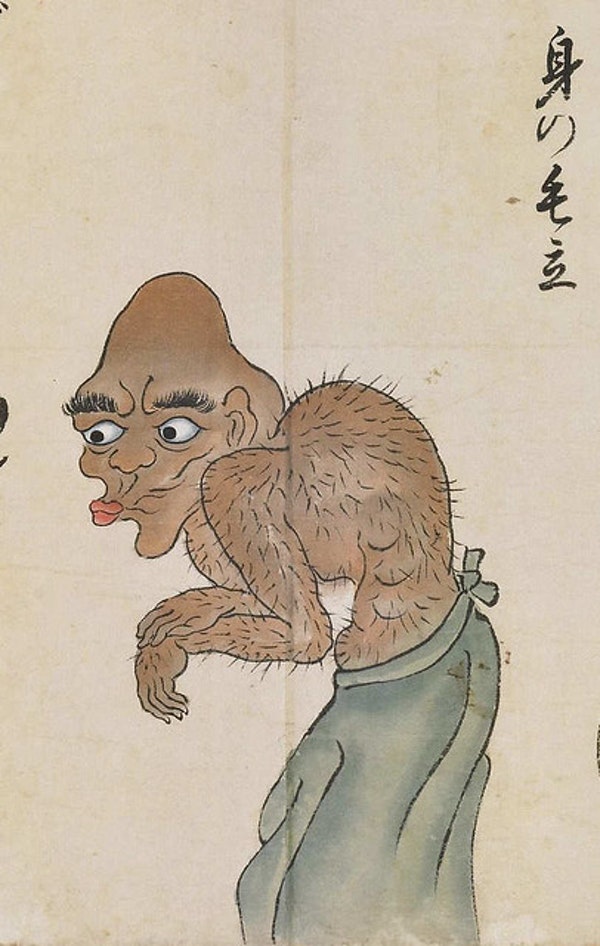
Mi-no-kedachi (身の毛立) has a layer of thick hair all over its body © Public Domain
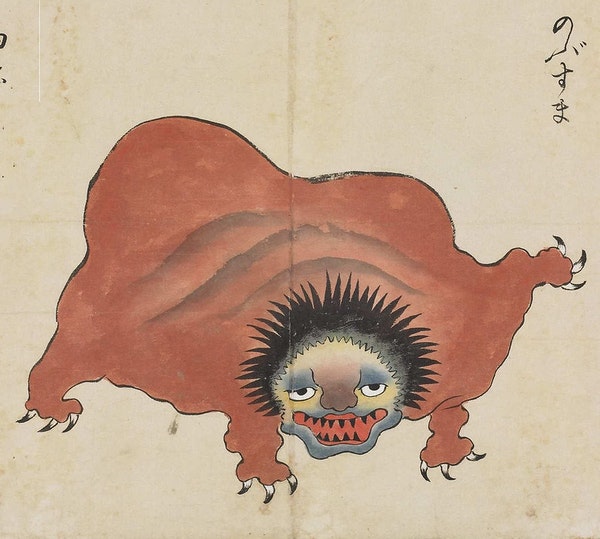
Nobusuma (のぶすま) has a brown body, a human face, spiky hair, claws, and sharp black teeth © Public Domain
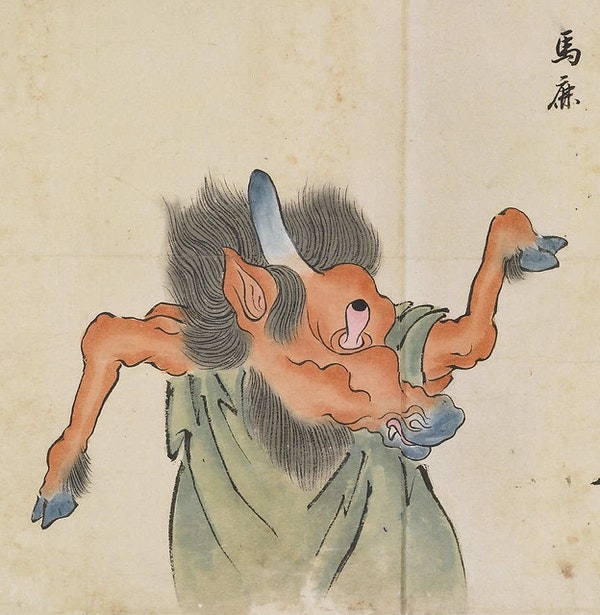
Uma-shika (馬鹿) is a horse-like monster with a horn on its head and one bulging eye © Public Domain
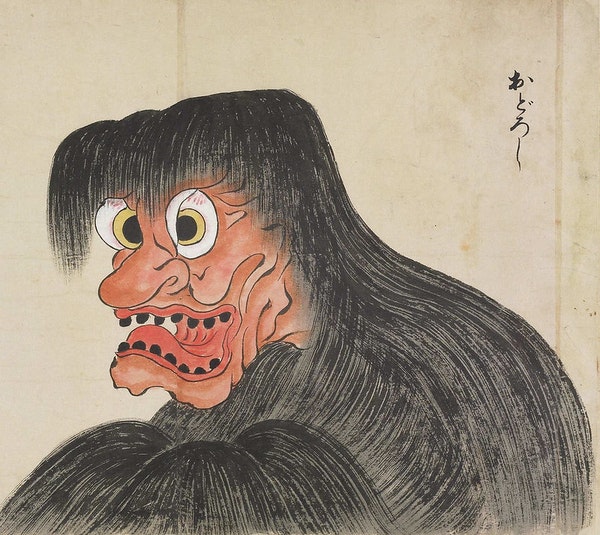
Odoroshi (おどろし) is a monster with a red face, big eyes, black teeth, and long hair © Public Domain
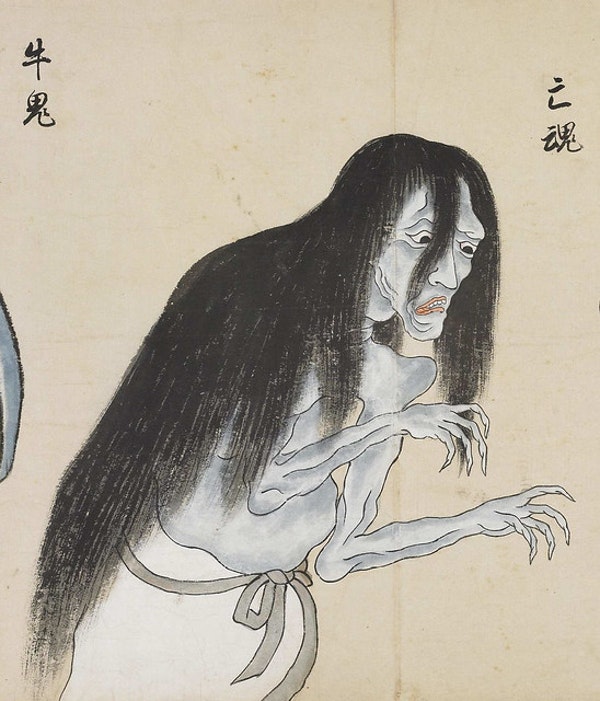
Boukon (亡魂), a departed soul, appears to have pale blue skin, long hair, and a dilated stomach © Public Domain
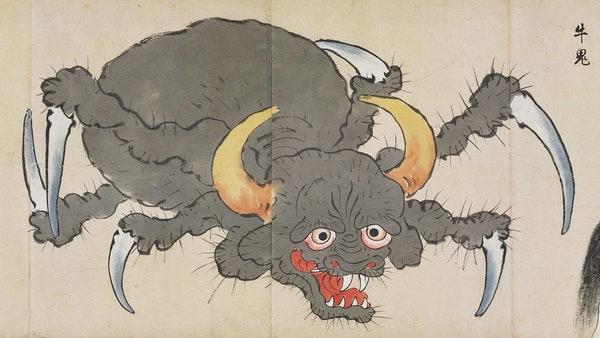
Ushi-oni (牛鬼) is a sea monster with a cow's head and the body of a giant spider or crab © Public Domain
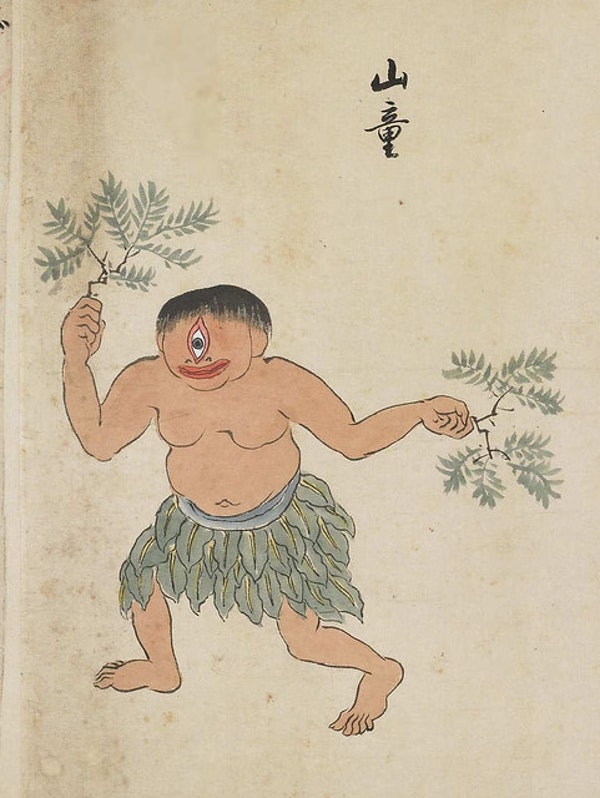
Yamawaro (山童) is a one-eyed creature that resembles a kappa and is found in the mountains © Public Domain
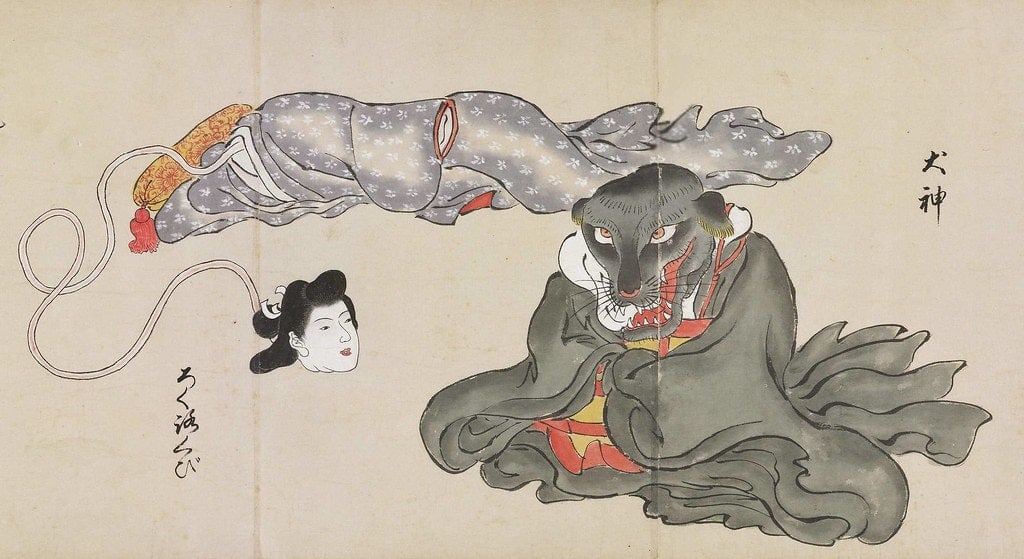
Rokurokubi (ろくろくび), a woman with a long neck, is shown next to a dog spirit, Inugami (犬神) © Public Domain
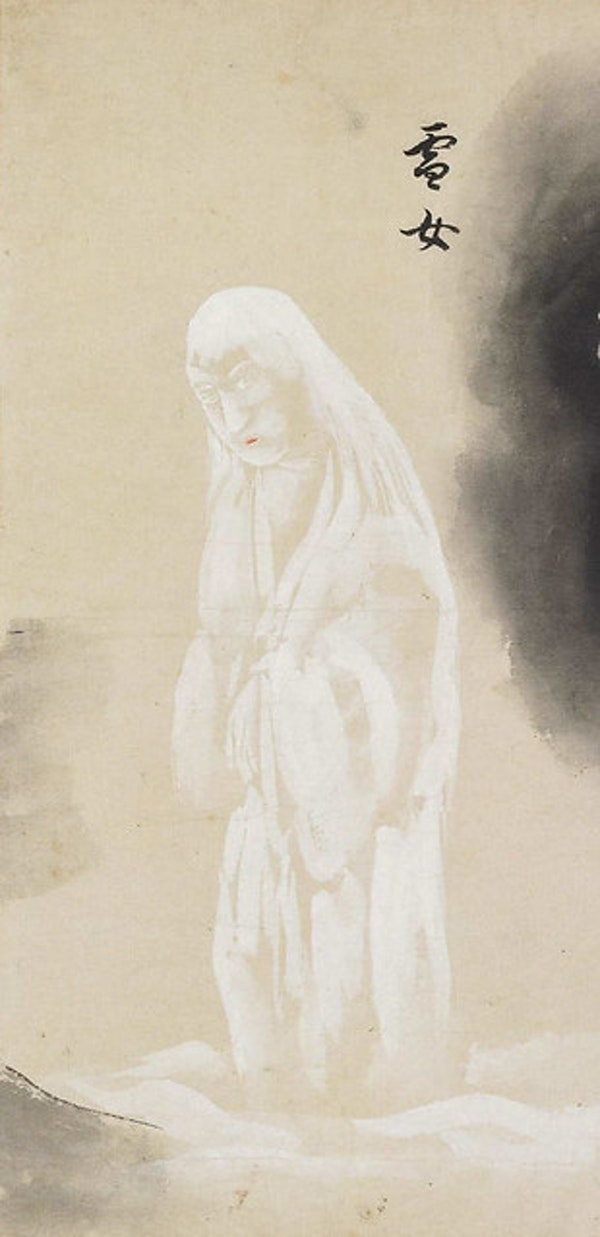
Yuki-onna ('snow woman' - 雪女) appears on snowy nights as a beautiful woman with long hair © Public Domain
TRENDING
-
A House from the Taisho Era Reveals Its Secrets
While visiting an abandoned building, Hamish Campbell discovered photographs the owner had taken of the place in the 1920s.

-
The Taboo-Breaking Erotica of Toshio Saeki
The master of the 1970s Japanese avant-garde reimagined his most iconic artworks for a limited box set with silkscreen artist Fumie Taniyama.

-
With Meisa Fujishiro, Tokyo's Nudes Stand Tall
In the series 'Sketches of Tokyo', the photographer revisits the genre by bringing it face to face with the capital's architecture.

-
Masahisa Fukase's Family Portraits
In his series ‘Family’, the photographer compiles surprising photos in which he questions death, the inescapable.

-
Hajime Sorayama's Futuristic Eroticism
The illustrator is the pioneer for a form of hyperrealism that combines sensuality and technology and depicts sexualised robots.





